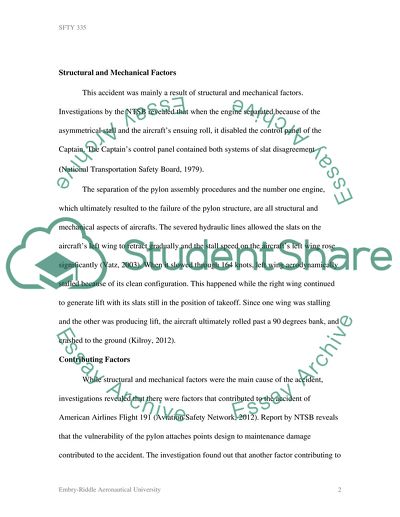Cite this document
(“National Transportation Safety Board Case Study”, n.d.)
National Transportation Safety Board Case Study. Retrieved from https://studentshare.org/engineering-and-construction/1781779-case-study-analysis-american-airlines-flight-191
National Transportation Safety Board Case Study. Retrieved from https://studentshare.org/engineering-and-construction/1781779-case-study-analysis-american-airlines-flight-191
(National Transportation Safety Board Case Study)
National Transportation Safety Board Case Study. https://studentshare.org/engineering-and-construction/1781779-case-study-analysis-american-airlines-flight-191.
National Transportation Safety Board Case Study. https://studentshare.org/engineering-and-construction/1781779-case-study-analysis-american-airlines-flight-191.
“National Transportation Safety Board Case Study”, n.d. https://studentshare.org/engineering-and-construction/1781779-case-study-analysis-american-airlines-flight-191.


